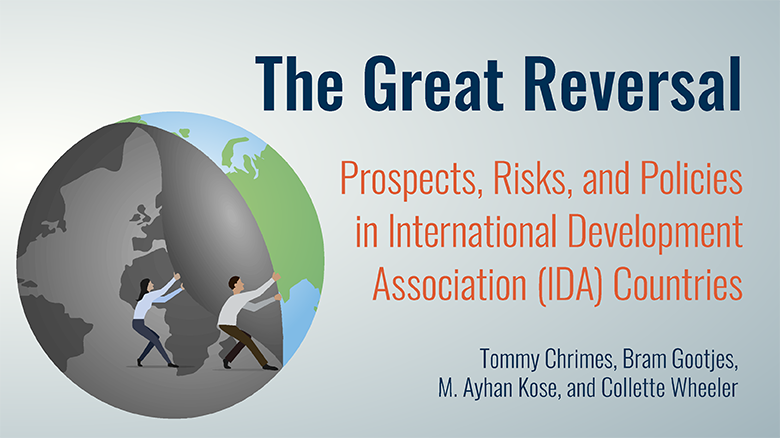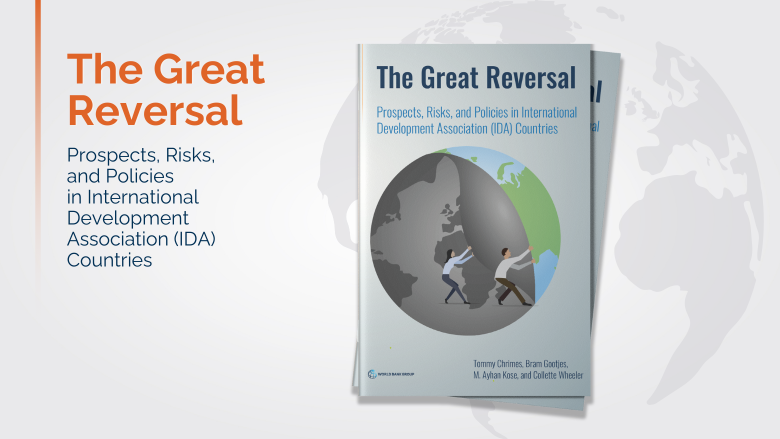Full report | Data and charts | Press release
The 75 economies eligible for low-interest loans and grants from the World Bank’s International Development Association (IDA) had made notable progress against some important development objectives over the first two decades of this century. Despite this, on the eve of the COVID-19 pandemic, significant development gaps persisted, income convergence with advanced economies was slowing, and some vulnerabilities were rising.
The shock of the pandemic and subsequent overlapping crises has exacerbated the challenges facing these economies and led to a reversal in development: over 2020-24, per capita incomes in half of IDA countries—the largest share since the start of this century—have been growing more slowly than those of wealthy economies. One out of three IDA countries is poorer than it was on the eve of the pandemic. Poverty remains stubbornly high, hunger has surged, and, amid fiscal constraints and rising investment needs, the development outlook could take an even bleaker turn—especially if weak growth prospects persist.
IDA countries have several important demographic and resource advantages that could—if leveraged effectively—help close development gaps. Reaping the benefits of their advantages and meeting investment needs will require them to undertake comprehensive policy measures to bolster fiscal and monetary frameworks, enhance human capital development, and improve the quality of institutions. These policies should be complemented with significant and consistent international financial support as well as strong cooperation on global policy issues.
PRESS RELEASE
English | Arabic | Chinese | French | Japanese | Portuguese | Russian | Spanish


